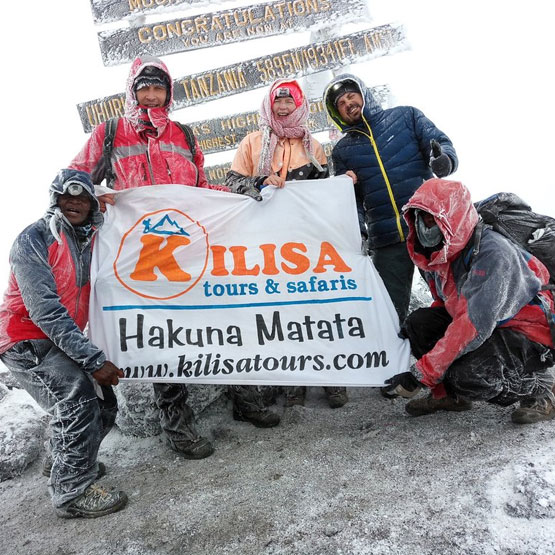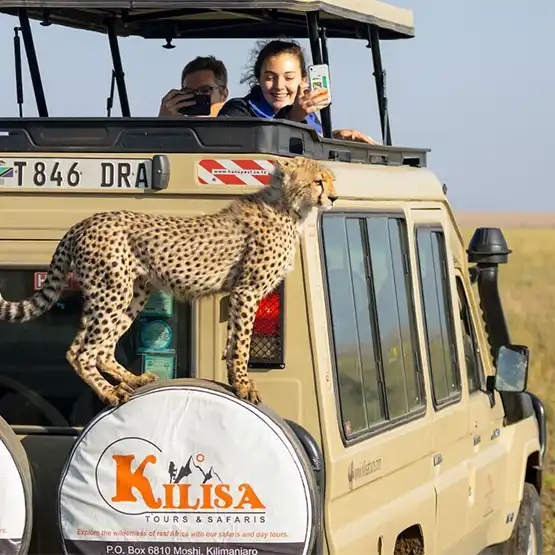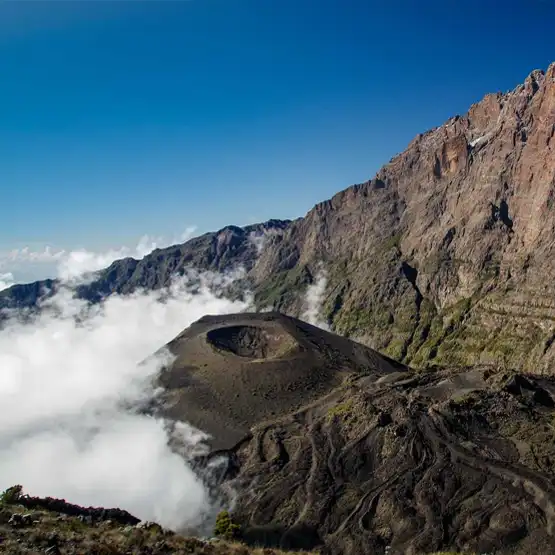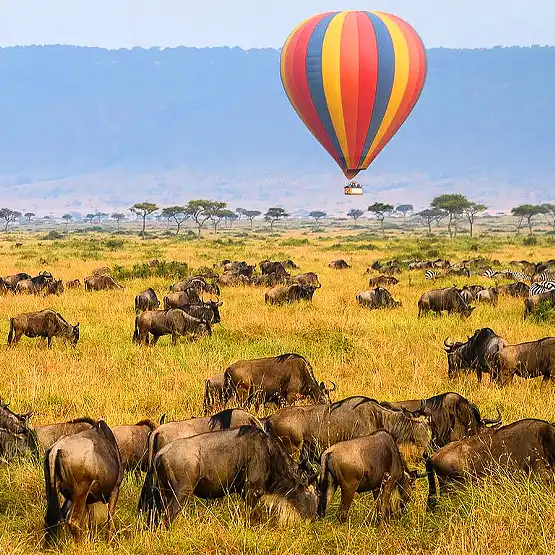Mount Meru Trekking Destination Tanzania 2024
Mount Meru, located in the Arusha National Park in northern Tanzania, is quickly becoming one of the country’s most exciting and accessible trekking destinations. Often overshadowed by its famous neighbor, Mount Kilimanjaro, Meru offers a more intimate and challenging trek with stunning landscapes, diverse wildlife, and a rich cultural heritage. As of 2024, more travelers are discovering Meru’s unique appeal, making it a must-visit destination for adventure seekers and nature lovers.
Why Trek Mount Meru in 2024?
Mount Meru is a perfect alternative for those who are looking for an unforgettable trekking experience without the crowds of Kilimanjaro. Standing at 4,566 meters (14,980 feet), it is the fifth-highest mountain in Africa and offers a more technical climb than Kilimanjaro, providing trekkers with a sense of accomplishment and adventure.
Here are some reasons why Mount Meru is gaining popularity among trekkers in 2024:
- Less Crowded: Unlike Kilimanjaro, which attracts tens of thousands of climbers annually, Mount Meru sees fewer trekkers, allowing for a quieter, more serene experience.
- Scenic Beauty: The trek takes you through varied landscapes, including lush forests, alpine meadows, and volcanic landscapes. The views from the summit, especially at sunrise, are breathtaking.
- Wildlife Encounters: As you hike through Arusha National Park, trekkers can enjoy sightings of wildlife such as giraffes, buffaloes, monkeys, and various bird species.
- Challenging Yet Accessible: Meru offers a great challenge for trekkers who may not be ready for Kilimanjaro but are looking for a serious climb. Its technical aspects, including some steep sections, offer a thrilling experience without being as physically demanding as Kilimanjaro.
Mount Meru Trekking Routes and Itineraries
The standard trekking route on Mount Meru is a 4-day trek, though longer or shorter variations are possible depending on the trekker’s preferences. The trek is typically done with a licensed guide and includes overnight stays in huts or campsites along the way.
Day 1: Momella Gate to Miriakamba Hut (2,514m)
The trek begins at the Momella Gate in Arusha National Park, where trekkers can enjoy a scenic walk through the forest. Along the way, keep an eye out for wildlife, including zebra and gazelles. The first day’s trek takes you to Miriakamba Hut, located at an altitude of 2,514 meters.
Day 2: Miriakamba Hut to Saddle Hut (3,570m)
On the second day, trekkers climb through a steeper section of the mountain, passing through more alpine terrain as they make their way to Saddle Hut. This is the primary base for summit day, and many trekkers use this day to acclimatize to the higher altitude. The views of the surrounding valleys and the mountain’s crater are stunning.
Day 3: Summit Day (4,566m) and Descent to Saddle Hut
Summit day starts early in the morning, with trekkers setting out before dawn to reach the peak by sunrise. The climb is challenging, with rocky terrain and a final steep push to the summit, but the reward is an unforgettable panoramic view of the crater and surrounding landscapes. After reaching the summit, trekkers descend back to Saddle Hut for the night.
Day 4: Saddle Hut to Momella Gate
The final day of the trek involves a descent back to the Momella Gate, completing the circuit. The descent is relatively easy compared to the ascent, and trekkers can enjoy a relaxing walk through the forest to end their journey.
Best Time to Trek Mount Meru
While Mount Meru can be trekked year-round, the best time to go is during the dry season, which runs from June to October. The weather is more predictable, and the views are clearer. However, the mountain can also be trekked during the shoulder months of March, April, and May, though there may be more rainfall.
What to Expect on Your Mount Meru Trek
- Weather: The weather on Mount Meru can vary greatly, with tropical temperatures at the base and cold conditions near the summit. It’s important to pack layers to deal with fluctuating temperatures.
- Physical Demand: Mount Meru is a physically demanding trek, especially with its steep terrain and altitude. While not as high as Kilimanjaro, it still requires a good level of fitness.
- Wildlife: Hiking through Arusha National Park offers an opportunity for wildlife encounters, particularly on the lower slopes. Look out for buffaloes, giraffes, and various monkeys as you trek.
- Scenic Views: From the dense forests at lower altitudes to the barren, rocky landscape at the summit, the views on Meru are varied and spectacular. The summit offers an incredible panorama of the crater and the surrounding mountains.
What You Need to Know Before Trekking Mount Meru
- Altitude: While Mount Meru is lower than Kilimanjaro, altitude sickness can still be a concern. Acclimatization is crucial, and it’s recommended to take it slow, especially on the ascent to Saddle Hut.
- Guides and Porters: To ensure safety and an informative experience, it is required to trek with a licensed guide. Porters are also essential to carry the necessary equipment and food.
- Permits: Trekking Mount Meru requires a permit, which is typically arranged through tour operators. These permits are issued by the Tanzania National Parks Authority (TANAPA).
- Fitness Level: While the trek is challenging, it is accessible to those with a moderate fitness level. It is important to prepare in advance by engaging in regular cardio and strength training exercises.
Why Mount Meru is a Must-Visit for 2024
In 2024, Mount Meru is gaining recognition as an adventure destination that offers an exceptional blend of challenge, beauty, and wildlife encounters. Whether you’re looking for a thrilling climb or a peaceful trekking experience away from the crowds, Meru provides an unforgettable journey. It’s an ideal trek for those who want to explore Tanzania’s mountainous landscapes and get up close to nature while avoiding the bustle of more popular destinations.
For trekkers seeking an adventure that combines stunning views, wildlife, and a sense of accomplishment, trekking Mount Meru in 2024 is an opportunity not to be missed.





